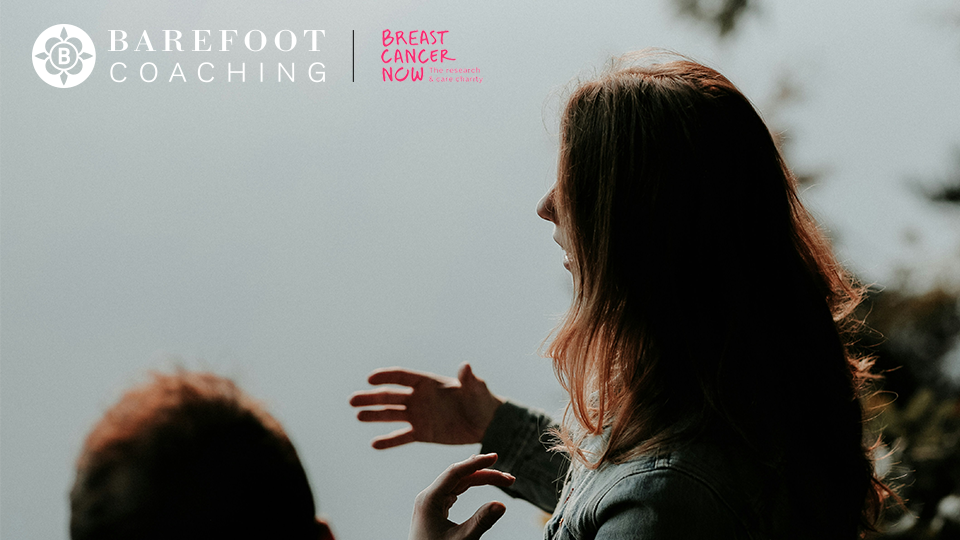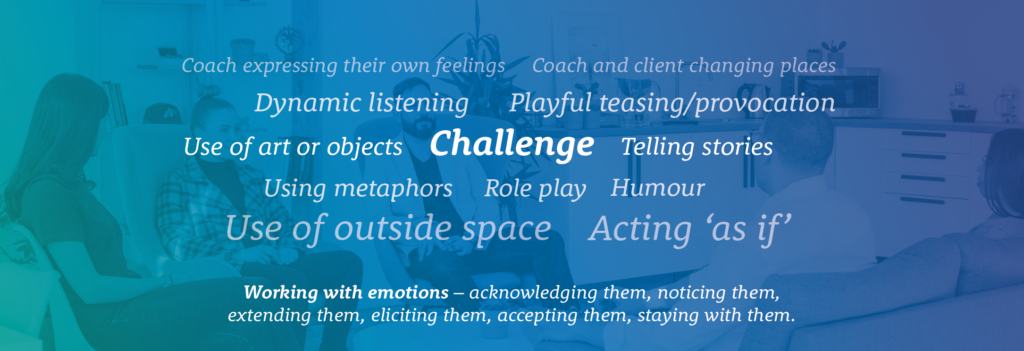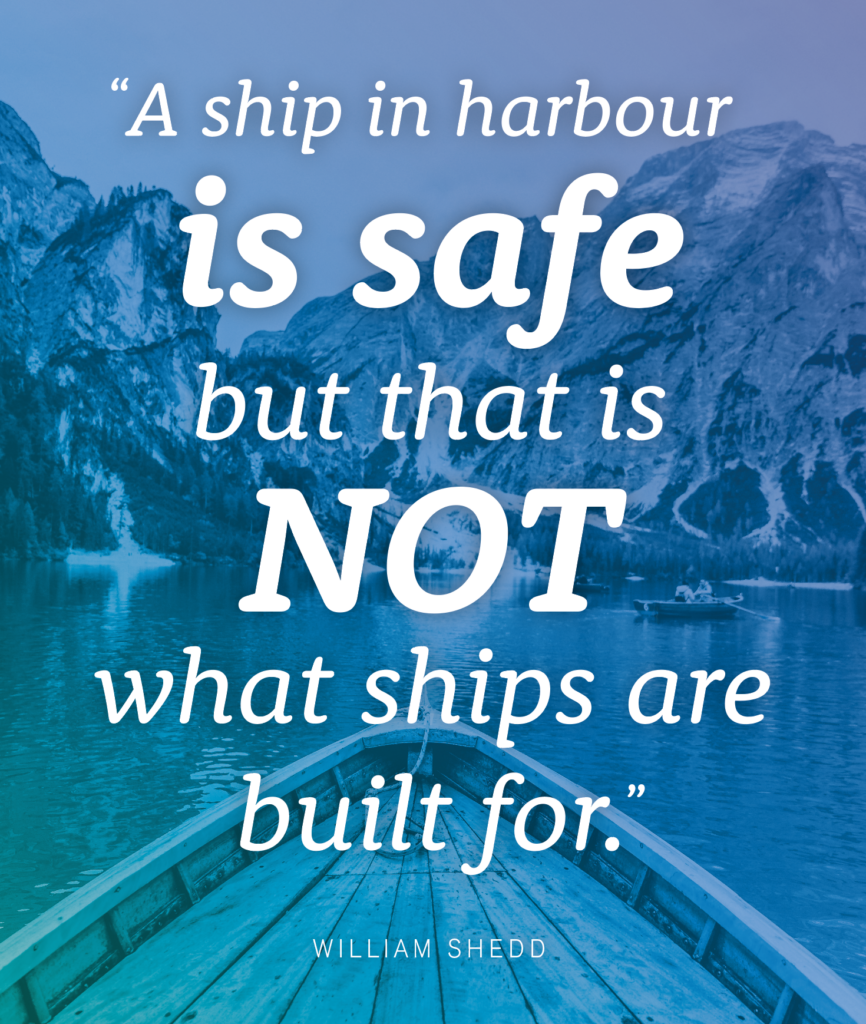

Kim Morgan explores the transformative power of bold coaching techniques that challenge clients to embrace change and self-discovery.
I have always maintained that coaching is not a ‘cosy chat’ and I encourage coaches to be bold enough to give their clients a rich, memorable, and thought-provoking experience.
Why be bold in coaching?
Because making changes can be hard. Helping people to make changes can be hard too.
There are many emotional, psychological, neuro-physiological forces at play which conspire to prevent us changing familiar patterns and behaviours. Coaches need to understand these forces, as well as understanding the factors which do bring about change in adults.
A cornerstone of the Barefoot Flagship Coach Training Course is Mezirow’s theory of transformational situations (1991).
These are situations which give rise to critical self-reflection and transformational learning:
Coaches assume the role of empathetic provocateurs. It is the coach’s role to provide challenge within the coaching environment, and to invite clients to face into the uncertainties and the difficulties in their lives, experiencing, as Mezirow put it, puzzlement, and disorienting dilemma.
By contrast, Jarvis (1995) introduced the idea of non-learning. Non-learning is our response to everyday experience. If our experience simply conforms to our mental models, no learning is required, and no change will occur.
If our experience simply conforms to our mental models, no learning is required, and no change will occur.
Coaching needs to be distinctly different from other conversations, and memorable – to encourage new learning.
Here are some examples of courageous, bold coaching which I have witnessed:
I knew a coach who had accepted a brief from an organisation to coach a senior leader to help him be ‘more dynamic and less boring’. Having tried every coaching approach to encourage the client to realise his impact on others, the coach pretended to fall asleep while his client was speaking. The client stopped and exclaimed, “Am I a boring? My wife tells me I am, and I have always feared she may be right. Thanks for having the courage to show me.”
I once watched a style coach undress and ask to swap clothes with her client. She then asked the client what it was like seeing her clothes on someone else. The client said ‘You look ridiculous. Is that how I look? If so, why has nobody told me?’
(As in the previous example, the style coach had been engaged by an organisation which thought the client dressed inappropriately for work but couldn’t find a way to tell her – is there a theme here?)
In case you are concerned that these are all risky strategies for a coach, it is important to remember that prerequisites to being bold in coaching are:
It is also important to remember that there are many ways of being bold in coaching and this does not always involve outrageous approaches. Bold approaches may include:

Here are some questions which may help you reflect on boldness in your coaching practice:

"*" indicates required fields

Barefoot Coaching Ltd. Address: Unit 6E Boundary Court, Willow Farm Business Park, Castle Donington, Derbyshire, DE74 2NN
Registered in England and Wales No. 06932330. All content is the sole ownership of Barefoot Coaching Ltd. 2023.
Website by Saint Associates.
| Cookie | Duration | Description |
|---|---|---|
| cookielawinfo-checkbox-analytics | 11 months | This cookie is set by GDPR Cookie Consent plugin. The cookie is used to store the user consent for the cookies in the category "Analytics". |
| cookielawinfo-checkbox-functional | 11 months | The cookie is set by GDPR cookie consent to record the user consent for the cookies in the category "Functional". |
| cookielawinfo-checkbox-necessary | 11 months | This cookie is set by GDPR Cookie Consent plugin. The cookies is used to store the user consent for the cookies in the category "Necessary". |
| cookielawinfo-checkbox-others | 11 months | This cookie is set by GDPR Cookie Consent plugin. The cookie is used to store the user consent for the cookies in the category "Other. |
| cookielawinfo-checkbox-performance | 11 months | This cookie is set by GDPR Cookie Consent plugin. The cookie is used to store the user consent for the cookies in the category "Performance". |
| viewed_cookie_policy | 11 months | The cookie is set by the GDPR Cookie Consent plugin and is used to store whether or not user has consented to the use of cookies. It does not store any personal data. |